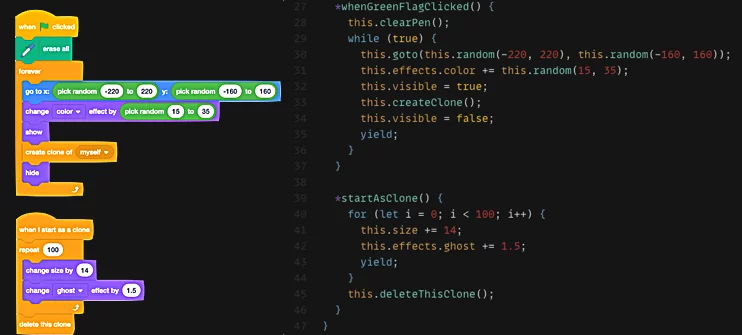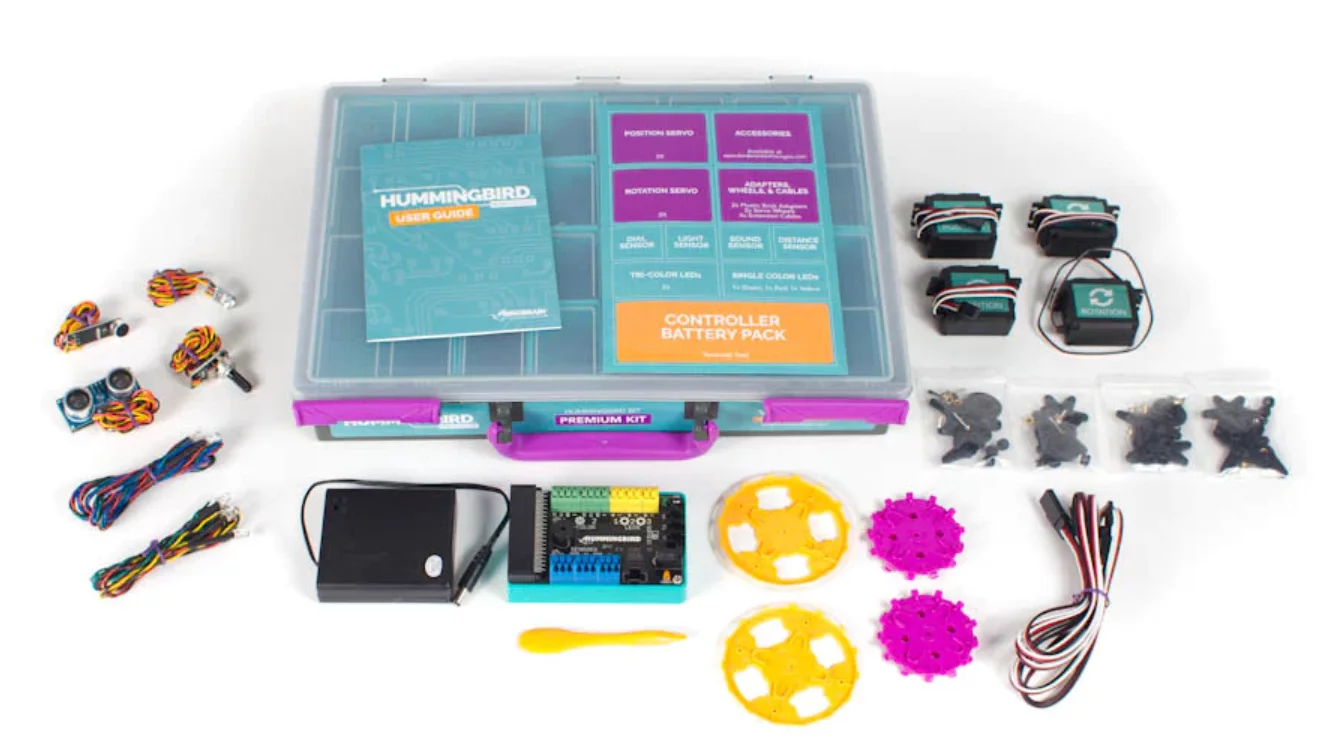Benefits of Teaching Coding to Kids at an Early Age
Collection of references from relevant online sources and university papers
I) Code.org
Reference
Code.org + resourceful teachers = higher student achievement!
· https://medium.com/@codeorg/code-org-resourceful-teachers-higher-student-achievement-8be1efdec06e
· http://outlier.uchicago.edu/TimeforCS/findings/
Highlights
Research conducted with 3rd — 5th-grade students in Broward County found that students who did extra Code.org CS Fundamentals activities, in classrooms of teachers who reported high levels of resourcefulness, had significantly higher scores on the Achieve3000 reading comprehension exam. But that’s not all. They scored significantly higher on Florida State Math, Science, and English Language Arts Exams too!
II) ISTE – International Society for Technology in Education
Reference
6 reasons for coding in K-5 classrooms
https://www.iste.org/explore/articleDetail?articleid=866&category=In-the-classroom&article=
Highlights
1. It sparks interest
2. It opens up a new domain of knowledge
3. It addresses the gender gap
III) Swinburne University of Technology, Victoria, Australia
Reference
Coding in curriculum: Fad or foundational?
https://research.acer.edu.au/cgi/viewcontent.cgi?article=1297&context=research_conference
Highlights
There is consensus that Scratch works well. Concepts underlying Scratch are drawn from a tradition of research dating back to Seymour Papert in the 1960s, 1970s and 1980s. The key features of using a block-based programming language, avoiding children having to worry about minor syntax issues, being able to rapidly see the results of executing programs, and being able to draw on a rich library of multimedia are all significant.
[W]e used Scratch to teach some elementary programming to young children (eight years old) in their ICT class, for eight lessons in all. Data were recorded to measure any cognitive progress of the pupils, and any affective impact that the lessons had on them. The children were soon able to write elementary programs, and moreover evidently had a lot of fun doing so. An interview with their teacher showed that some of the pupils did surprisingly well, beyond all expectations.
IV) Tufts University
Reference
The Impact of Computer Programming on Sequencing Ability in Early Childhood – http://ase.tufts.edu/DevTech/publications/aera%20handout%20sequencing.pdf
Highlights
This study demonstrates the potential of integrating robotics and computer programming into early childhood learning experiences. Children as young as 4.5 in this study learned to program a robot to complete a variety of challenges and simultaneously improved his/her score on a sequencing assessment.
V) GreatSchools.org
Reference
Is the best second language Spanish, Chinese, Java, or Ruby?
https://www.greatschools.org/gk/articles/javascript-class-learn/
Highlights
Even knowing just a little coding can help reduce the fear of technology, opening a mental window to understanding and using tech skills more broadly. There’s also the argument, propounded by Steve Jobs himself, that coding “teaches you how to think.” Many educators say coding can provide children with brain gains in information processing, logic, problem solving, experimentation, and creativity.
VI) University of Oulu, Finland
Reference
Learning and Teaching Programming Skills in Finnish Primary Schools – The Potential of Games
http://jultika.oulu.fi/files/nbnfioulu-201605221873.pdf
Highlights
It seems to be beneficial for children’s cognitive development to start teaching programming in primary school. It also seems to be beneficial when thinking the future society, digitalization and need for programmers. Programming is first taught with logical “in the real life” games and with digital game-based learning environments. First with drag & drop interfaces and later using writing syntax as an input. Games and game-based environments can motivate, challenge and socialize children. They seem also to encourage learners’ self–direction. Games and game- like environments are mostly positively related by the children and by the topic-oriented teachers.
VII) Tynker
Reference
How learning to code can increase math scores
https://www.tynker.com/blog/articles/ideas-and-tips/how-learning-to-code-can-increase-math-scores/
Highlights
By adding coding across the curriculum with Tynker, Jenny Anderson, a STEM specialist at a magnet elementary school in Southern California, increased her students’ math scores and targeted girls in 3rd and 4th grades to increase their interest in STEM. Now her school is being used as the model for other schools across the district on how to transform the curriculum to incorporate 21st century skills while bolstering traditional subjects like Math and English.
Coding, according to Mrs. Anderson, has been instrumental in helping her students develop key skills like problem solving and critical thinking. These broad skill sets and ways of breaking down and analyzing problems translate across the curriculum and are particularly helpful in math. In the three years that Casita Center, Mrs. Anderson’s school, has been teaching coding, they’ve seen considerable improvements in their students’ math scores, outperforming virtually all California schools with similar demographics. Mrs. Anderson believes this improvement is due to the effectiveness of their CS program.


